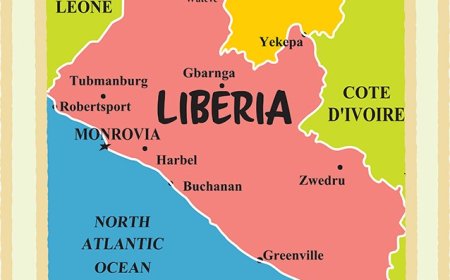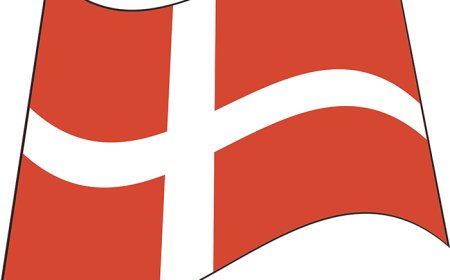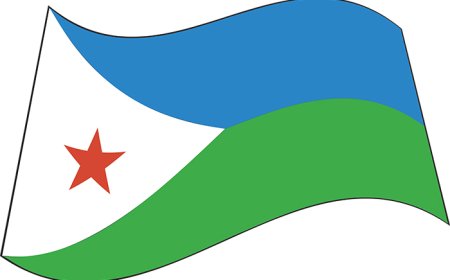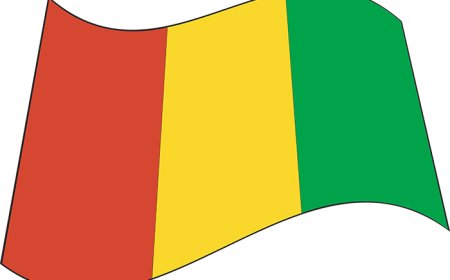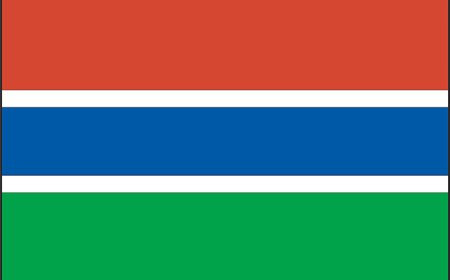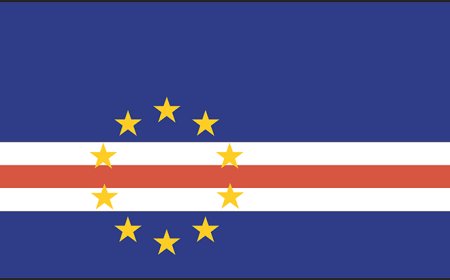Tunisia for Students: Geography, Culture, and History of a Mediterranean Nation
Explore Tunisia’s ancient ruins, diverse landscapes, and modern society in this student-friendly article. Includes vocabulary, quiz
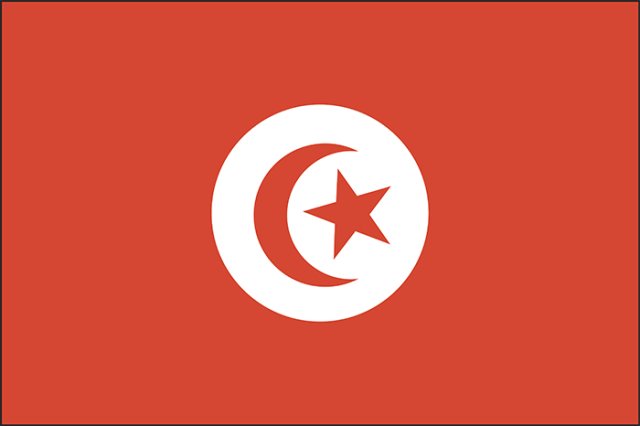
🌍 Introduction: A Small Country with a Big Past
Tunisia is a small country on the northern coast of Africa, but it has a long and important history. For thousands of years, it has served as a bridge between Africa, Europe, and the Middle East. Tunisia is known for its beautiful beaches, ancient ruins, colorful markets, and a strong blend of Arab, Berber, and Mediterranean cultures.
Once the heart of the ancient city of Carthage, Tunisia has seen the rise and fall of great empires and was the starting point of the Arab Spring—a movement for democracy that began in 2010. Today, Tunisia is a modern nation that continues to build its future while preserving the rich traditions of its past.
🗺️ Geography and Environment
Tunisia is located between Algeria and Libya on the Mediterranean Sea. Although it is the smallest country in North Africa, covering around 164,000 square kilometers (about 63,000 square miles), it has a surprisingly varied landscape.
In the north, you’ll find green hills and forests, while the central region features fertile plains and farmland. Farther south, the land becomes dry and desert-like, eventually merging with the Sahara Desert. One of Tunisia’s most famous natural features is the Chott el Jerid, a large salt lake that sparkles under the sun.
Tunisia also includes the island of Djerba, a popular destination for its sandy beaches and historic towns. The country has a Mediterranean climate in the north, with warm summers and mild, rainy winters. In the south, the climate is hot and dry.
🏛️ Government, Language, and Population
Tunisia is a republic with an elected president and parliament. After gaining independence from France in 1956, the country became a one-party state for many years. In 2011, the people of Tunisia held peaceful protests that led to democratic reforms. This movement, known as the Arab Spring, later spread to other countries.
The capital city is Tunis, located near the ruins of ancient Carthage. Tunis is the largest city in the country and home to museums, universities, markets, and government offices.
Tunisia has a population of about 12 million people. The official language is Arabic, and Tunisian Arabic is the dialect spoken in daily life. Many people also speak French, a legacy from the colonial period, and some speak Berber languages in certain regions.
Islam is the official religion, and most Tunisians are Sunni Muslims. The currency used is the Tunisian dinar (TND).
🎭 Culture and Daily Life
Tunisian culture reflects a blend of ancient traditions and modern influences. People value education, family, and community life. Many families live in multi-generational households, and hospitality is considered very important.
In cities, people wear both modern clothing and traditional garments like the jebba, a long robe often worn for special occasions. In rural areas, women may wear bright headscarves and jewelry, especially during festivals and weddings.
Food in Tunisia is flavorful and often spicy. Popular dishes include couscous, which is often served with lamb or fish, and brik, a thin pastry filled with egg, tuna, or meat. Another favorite is lablabi, a chickpea soup flavored with garlic, cumin, and olive oil. Meals are often shared, and mint tea or strong coffee is served after eating.
Music, dance, and storytelling are part of Tunisia’s artistic heritage. Traditional instruments include the oud (a stringed instrument) and darbuka (a hand drum). Tunisia also has a strong film and theater scene, especially in cities like Tunis and Sfax.
📜 History: From Carthage to Modern Democracy
Tunisia’s history dates back thousands of years. One of the most famous ancient civilizations in the region was Carthage, a powerful city-state that rivaled Rome. Carthage was founded by Phoenicians from the Middle East around 800 BCE and became a major trading center. Its most famous general, Hannibal, led an army (and elephants!) across the Alps to fight the Romans.
Eventually, Carthage was defeated by Rome, and Tunisia became part of the Roman Empire. Roman cities like El Djem and Dougga still contain well-preserved ruins, including amphitheaters, temples, and baths.
After the fall of Rome, Arab Muslims brought Islam and the Arabic language in the 7th century. Later, Tunisia was ruled by the Ottoman Empire and became a French colony in 1881. It gained its independence in 1956 under President Habib Bourguiba.
In 2011, protests against government corruption and unemployment led to political reforms. Tunisia became the first country of the Arab Spring to successfully create a democratic government.
💰 Economy and Resources
Tunisia has a mixed economy based on agriculture, manufacturing, mining, services, and tourism. Farmers grow olives, citrus fruits, wheat, dates, and vegetables. The country is also one of the world’s top producers of olive oil.
Natural resources include phosphate (used in fertilizer), iron, and petroleum. Tunisia also has factories that make clothing, ceramics, and electronics.
Tourism is a key part of the economy. Visitors come to explore historic sites, desert landscapes, Mediterranean beaches, and traditional markets called souks. The island of Djerba, the city of Sidi Bou Said, and the ruins of Carthage are popular destinations.
Despite growth in many areas, Tunisia faces challenges such as youth unemployment, water scarcity, and economic inequality.
🌿 Wildlife and Natural Wonders
Although Tunisia is not known for dense forests or large animals, it has many interesting plants and creatures adapted to its climate. In the north, forests support wild boars, jackals, and foxes. In the desert, you may find camels, desert foxes, lizards, and snakes.
Tunisia is also home to many species of birds, especially near lakes and wetlands such as Ichkeul National Park, a UNESCO World Heritage Site that attracts migrating birds like flamingos, storks, and pelicans.
Marine life in the Mediterranean includes dolphins, sea turtles, and various types of fish. Environmental groups in Tunisia are working to protect wildlife and reduce pollution.
📚 Vocabulary List
Word Definition
Carthage An ancient city in Tunisia that once rivaled Rome
Phoenician A people from the Middle East who built Carthage
Jebba A traditional robe worn in Tunisia
Brik A fried pastry filled with egg, tuna, or meat
Dinar The official currency of Tunisia
Arab Spring A wave of protests and democratic movements in Arab countries
Oasis A green area in the desert with water and vegetation
Minaret A tower on a mosque used to call Muslims to prayer
Souk A traditional market in North Africa and the Middle East
Amphitheater A large circular building with seats, used for public events in ancient times
🧒 Kid-Friendly Summary
Tunisia is a small country on Africa’s north coast, but it has a big history. Long ago, it was home to the city of Carthage, where powerful leaders traded goods and built ships. Today, Tunisia is known for its beaches, deserts, and delicious food like couscous and brik. People speak Arabic, follow Islam, and enjoy music, markets, and festivals. Tunisia has both ancient ruins and modern cities and was the first country to start the Arab Spring. It’s a land of tradition, history, and change.
🎯 Quiz: What Do You Know About Tunisia?
1. What ancient city in Tunisia was a rival to Rome?
a) Cairo
b) Tripoli
c) Carthage
d) Marrakech
2. What is the capital of Tunisia?
a) Tunis
b) Djerba
c) Rabat
d) Algiers
3. What is Tunisia’s traditional pastry called, often filled with egg or tuna?
a) Baklava
b) Brik
c) Harira
d) Couscous
4. What sea borders Tunisia to the north?
a) Red Sea
b) Indian Ocean
c) Atlantic Ocean
d) Mediterranean Sea
5. What major protest movement began in Tunisia in 2010?
a) Green Revolution
b) Arab Spring
c) Civil Rights Movement
d) Berber Uprising


















































